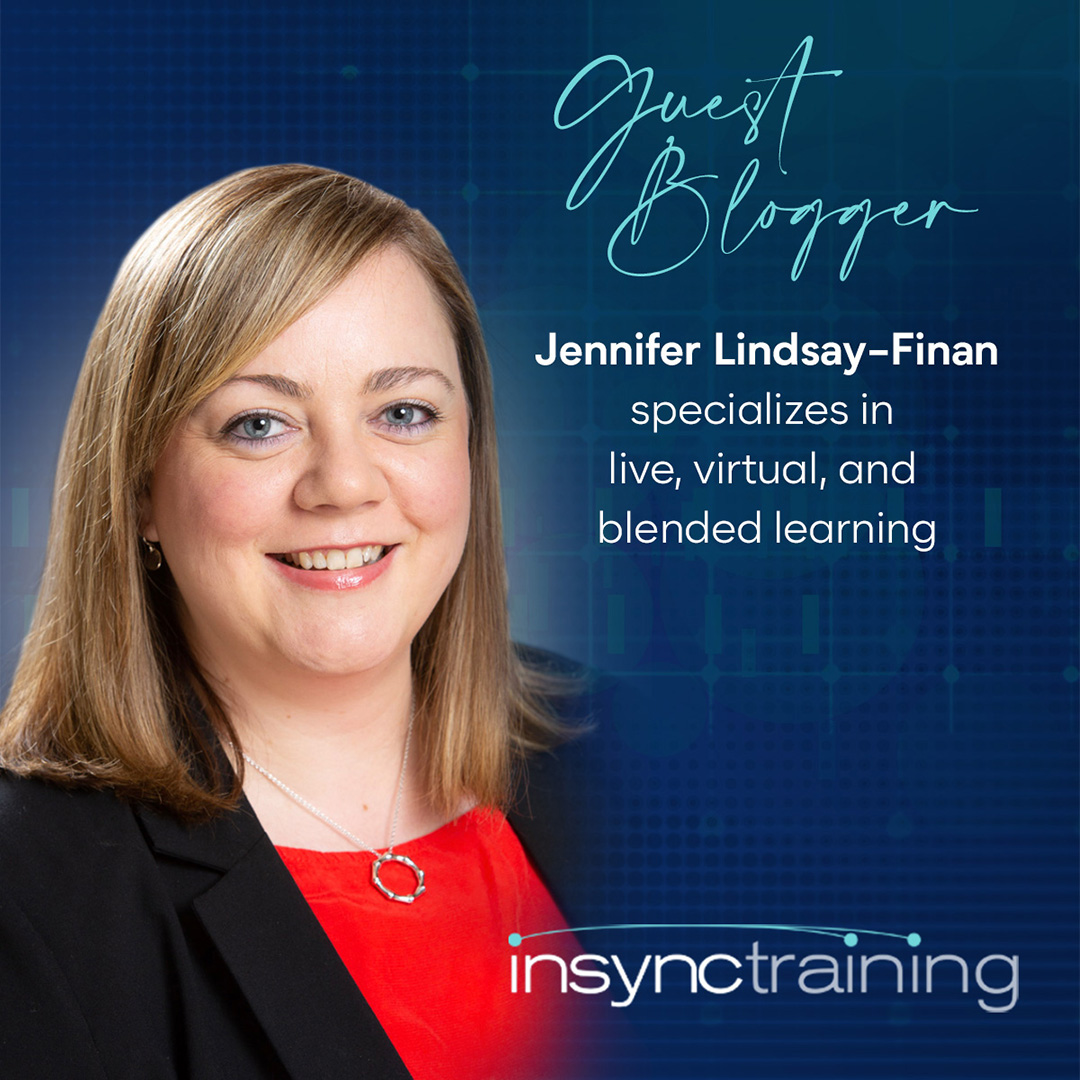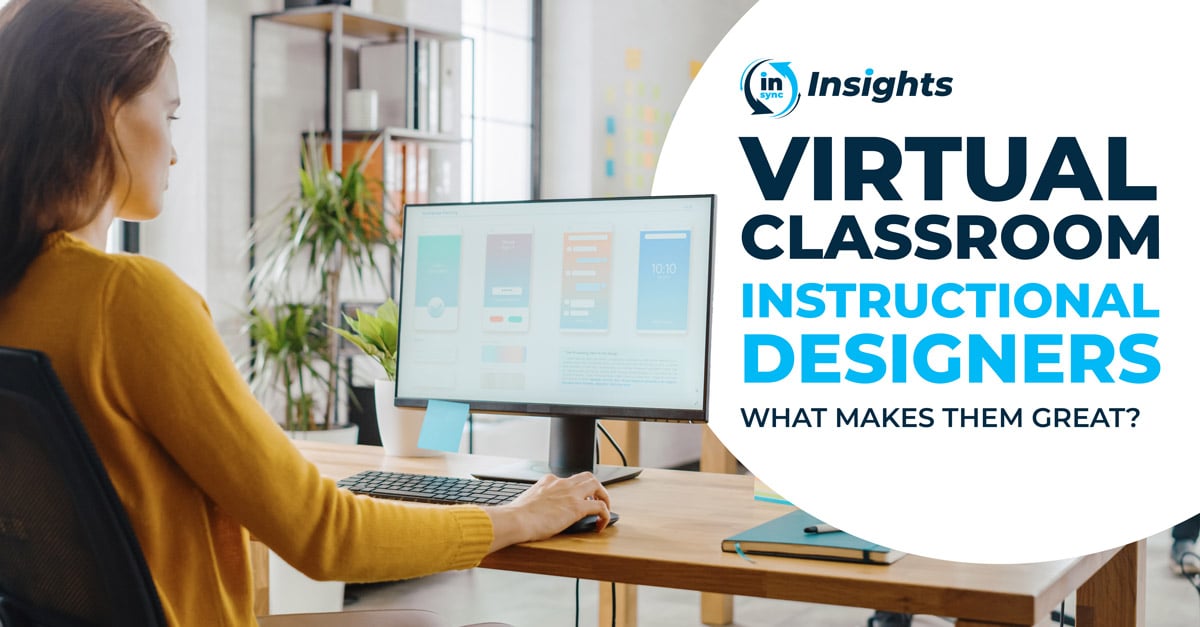Virtual Training Strategies: Embracing Microlearning
5 Recommendations To Maximize the Learning Experience and What Virtual Learning Experts™ Need to Know.This is part of an ongoing column byVirtual...
6 min read
 Jennifer Lindsay-Finan
:
Jun 8, 2023 11:30:00 AM
Jennifer Lindsay-Finan
:
Jun 8, 2023 11:30:00 AM

5 Recommendations for Getting Virtual Onboarding Right, and What Virtual Learning Experts® Need to Know
This is part of an ongoing column by Virtual Learning Expert® Jennifer Finan. She’s exploring trends that impact virtual classroom trainers and designers to improve learner engagement in the hybrid virtual classroom.
With an increasing number of organizations operating in a hybrid work environment and managing virtual teams, it’s becoming more than a trend. It’s quickly becoming a normal way of working. According to the Office for National Statistics, “more than 8 in 10 workers who had to work from home during the coronavirus pandemic said they planned to hybrid work” in the United Kingdom.
With people choosing hybrid working, it’s no surprise that recruiters are advertising more hybrid work opportunities. Recruiterflow.com states that “Giving your team flexibility to work remotely has become more important as businesses strive to retain existing talent.” Therefore, there is a need to provide onboarding programs that maximize new hire engagement in the remote and hybrid workplace.
Poly states that “in 2023, ‘hybrid work’ will just become ‘work’. It will no longer be a trend, but normal everyday working life”. If hybrid is the new normal, virtual learning experts must be ready to onboard new hires into this way of working.
Gallup research says 88% of organizations don’t do a great job of onboarding new hires. While the vast majority of organizations are missing the mark, it doesn’t mean that your business should! This is a great opportunity to make your organization stand out and keep the best talent even when leading virtual teams. In this podcast episode, Stephanie Goodell talks with Jennifer Hofmann and Karen Vieth about why onboarding is important and offers some advice on how to create great onboarding programs.
The InQuire Engagement Framework® provides three dimensions we would normally consider for engaging online learners, but it can also help us maximize new hire engagement.
Help new hires find what they need, when they need it. Connect them with the people they need to know first and help them get the login and access information they need to do their job. Make sure new hires understand the environment they’ll be working in and how to work well in that environment. Ensure new hires know exactly where to turn when they need help.
Onboarding programs usually pack a lot of information and act as an ideal way to showcase the organization’s culture. If that culture is one of openness and inclusion, consider how the program ensures every new hire is included. Make onboarding fun as well as informative. Make it a psychologically safe space so that new hires can ask the questions that are on their mind without any risk to their careers. The EY Belonging Barometer 2.0 study has shown that more than 80% of employee respondents globally have felt or feel lonely at work. What will you do to make sure your new hires don’t feel like that? This blog has some practical advice. Meeting needs like these is a great virtual training strategy to emotionally engage your workforce.
Make sure that the onboarding program answers the new hires’ questions. Continuously put yourself in the shoes of a new hire and ask "What do they need to know now?". Keep it relevant. Avoid jargon and acronyms. Remember that the onboarding program exists to help new hires get off to the best possible start at the organization. This is why it is vital to equip new hires with the information and resources they need to help them do that.
Provide support outside class. New hires will have questions, but they might not know what they want to ask until after class. Provide a variety of ways new hires can get support outside of the classroom. This way they will have the resources they need if they want to talk with someone about a specific question they think of later on. Consider how you can provide that support to new hires in different time zones and locations. Technology can play a key role here. This
Beginner’s Guide to Automating your Onboarding Process with Technology
provides some useful ideas.
Everyone on the instructional team plays an important part in the onboarding experience.

5 Recommendations To Maximize the Learning Experience and What Virtual Learning Experts™ Need to Know.This is part of an ongoing column byVirtual...

5 Recommendations to Overcome Zoom Fatigue in the Virtual Classroom, and What Virtual Learning Experts® Need to KnowThis is part of an ongoing column...

Download the Infographic for an “At-A-Glance” Checklist of the Instructional Designer Role Virtual Instructional Designers manage the development and...